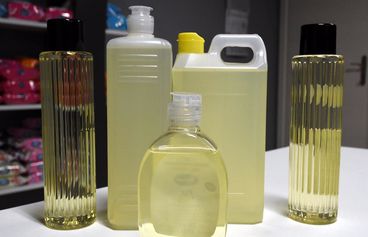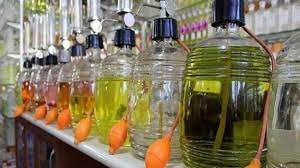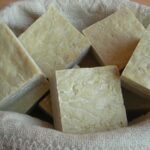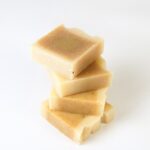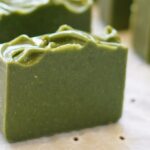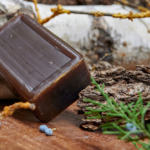When cologne was first produced, it was used for medicinal purposes. Later, as the anger against the aristocracy deepened, it replaced the heavy perfumes that became their symbol. The use of cologne, which was seen as a symbol of purity and cleanliness over time, spread rapidly among the bourgeoisie in the 18th century. Today, in our article, you can find all the information about cologne, which is positioned in the category of personal care and hygienic products due to its refreshing effect and pleasant smell.
What is Cologne?
Cologne differs from products such as perfume and deodorant in terms of its properties. Ethyl alcohol used in its content. It also contains the answer to the question. The distinctive feature of the product, which takes its refreshing effect from ethyl alcohol, is its volatility. Other components, in which 40-45% ethyl alcohol is used, are water and essence-based liquids. The expressions of 70 or 80 degrees on the colognes sold in the market express the amount of alcohol by volume used in the content of the product. The use of 40% ethyl alcohol indicates 70 degrees, while 45% ethyl alcohol indicates 80 degrees. In addition to lemon-based essences, citrus, flower, and tobacco are among the most preferred cologne fragrances.
Production
Cologne formed by the combination of ethyl alcohol, water, and essence-based liquids. It is a preferred product due to its refreshing effect and pleasant smell. Ethyl alcohol used in its content is the primary raw material of the product. It is an essence-based liquid that gives a pleasant aroma to the product. Cologne production determined by “the amount of alcohol used by volume”. Formula made with 100% ethyl alcohol is to mix 45 ml of ethyl alcohol, 45 ml of water and 15 ml of essence-based liquid. In the first stage, alcohol and water thoroughly shaken. In the second stage, essence added to the base by mixing.
History
Although the official history of cologne marks 1709, the first known form dates back to earlier times. The first cologne, also known as Hungarian water, was produced by a monk for the Queen of Hungary. The discovery of cologne by perfume maker Giovanni Paolo Feminis connected with a trip to Florence. Feminis, who learned the fragrance formula produced in the Santa Maria Monastery under the name Aqua Regina, added different essences such as lemon, orange, and bergamot to the mixture when she returned to Germany, contributing to the it becoming what it is today.
Turkey’s Traditional Hand Sanitizer: Cologne
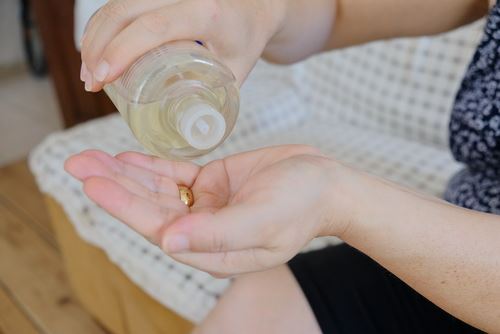
It has an important place in Turkish culture. Cologne became more widespread when seen as a hand disinfectant tool. Its use was recommended in the early Republican period when epidemic diseases were fought. The habit of offering cologne to the guest, which has a place in our traditions, has made it among the most preferred gifts for patient visits over time.
Varieties
Among the varieties, it is the most well-known classic lemon. Mini pocket colognes produced in small sizes that you can carry in your bag. Apart from these, among the types in which different essence mixtures used. There are those containing only lemon essence, such as green tea and aqua, as well as those containing flower mixtures. For example, a bouquet of cologne made from lily, lily-of-the-valley, citrus, and peony essences brings the spring into your palms. The coolness you need when overwhelmed by the heat; ice cologne, which aims to make you feel with citrus fruits, African violet, freesia, and pineapple essences, is habit-forming. There is also tobacco cologne, which generally found in Middle Eastern and Turkish cultures. You can start to examine the types you can buy.
